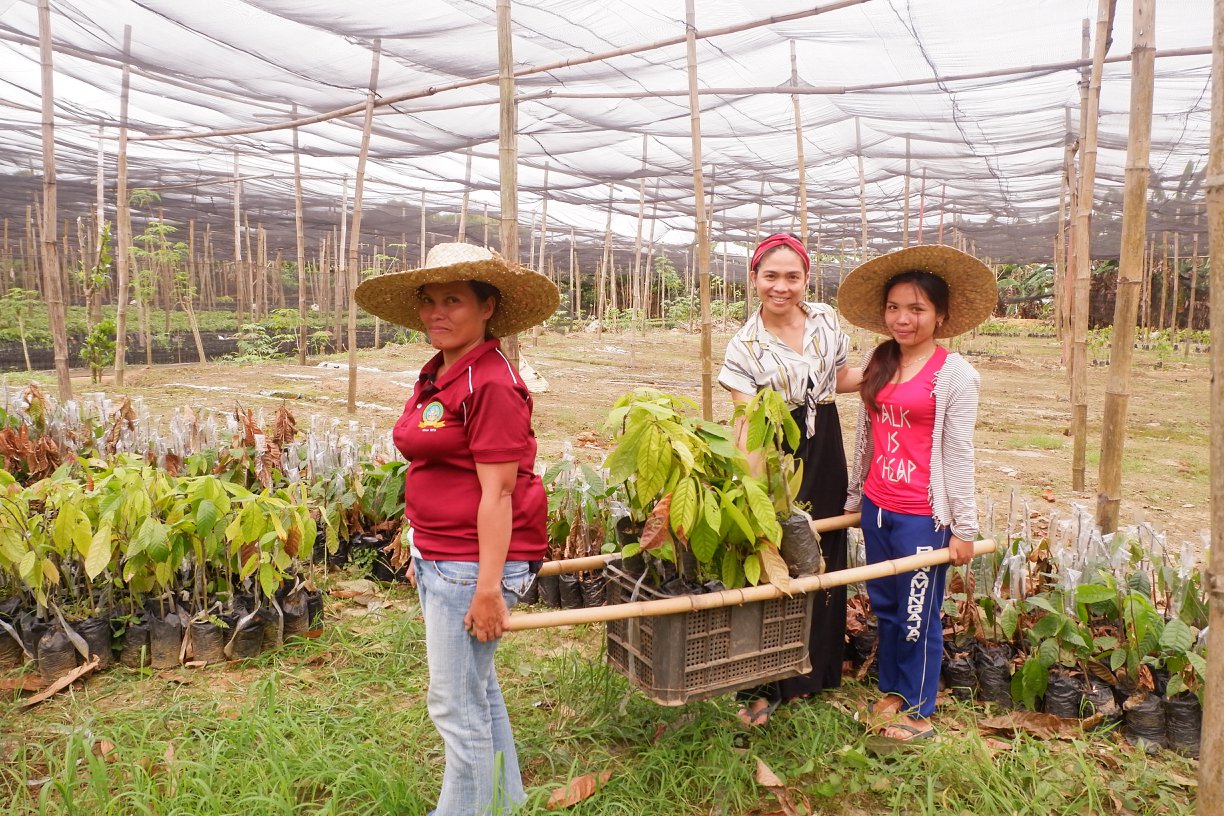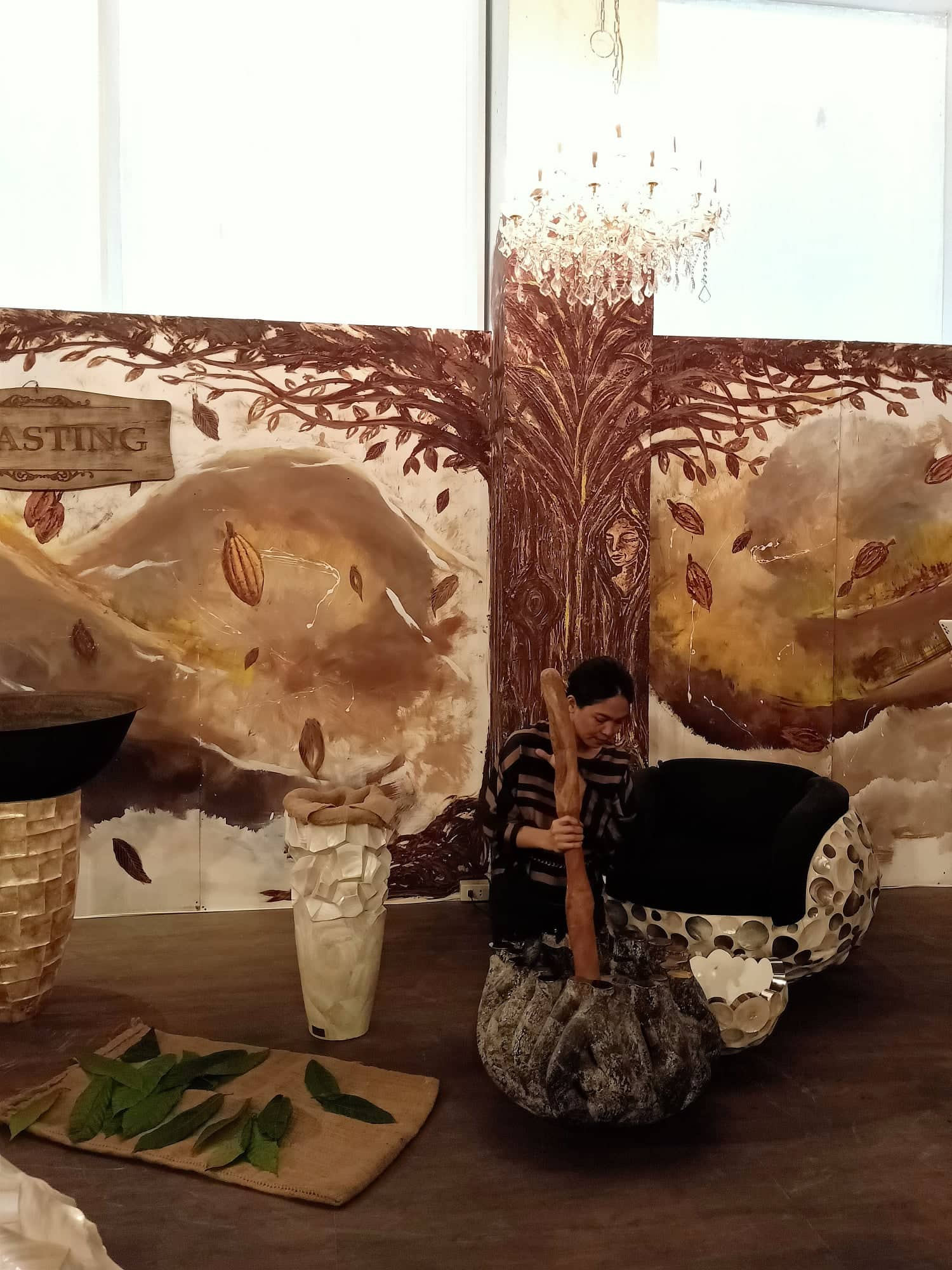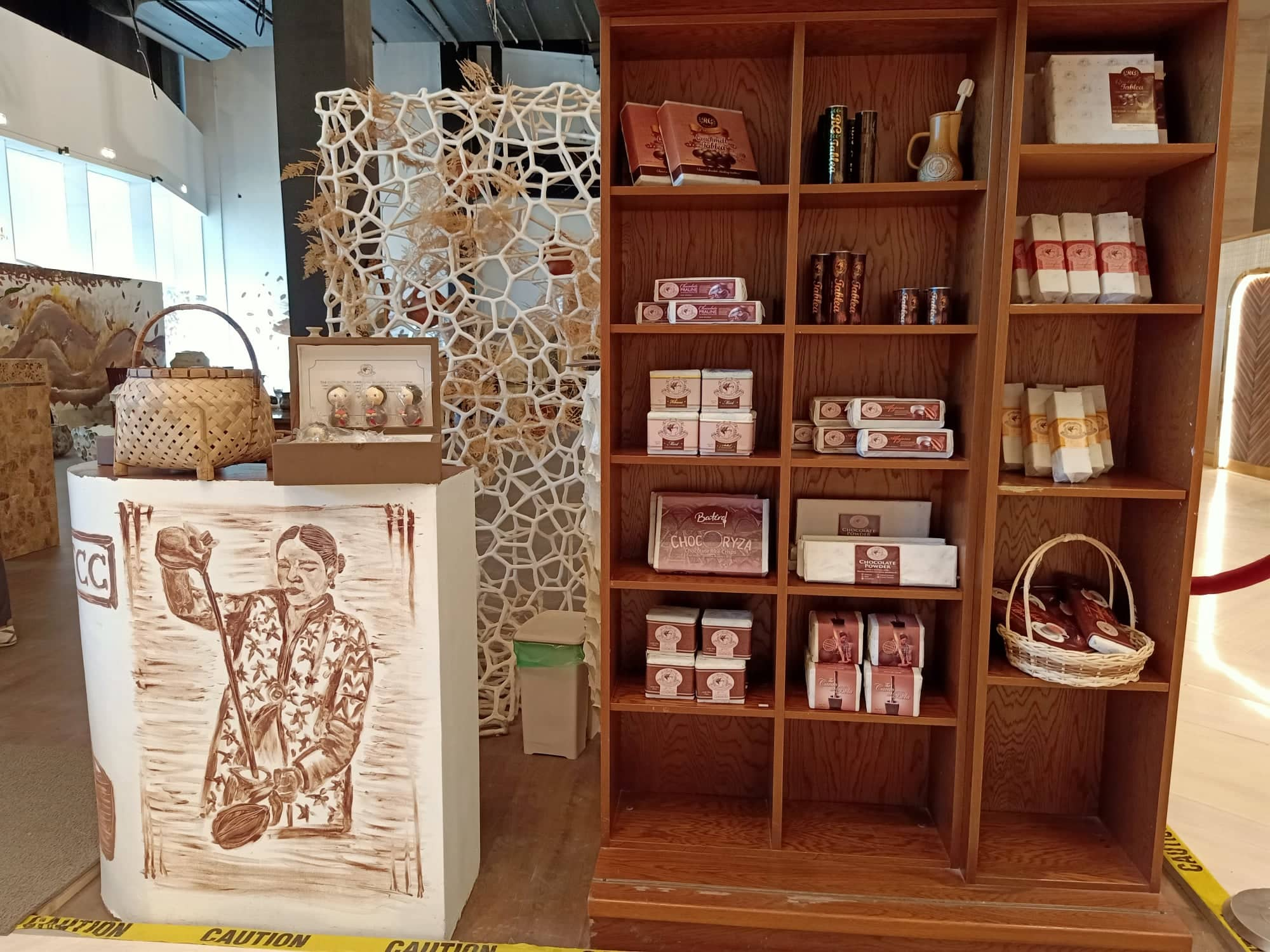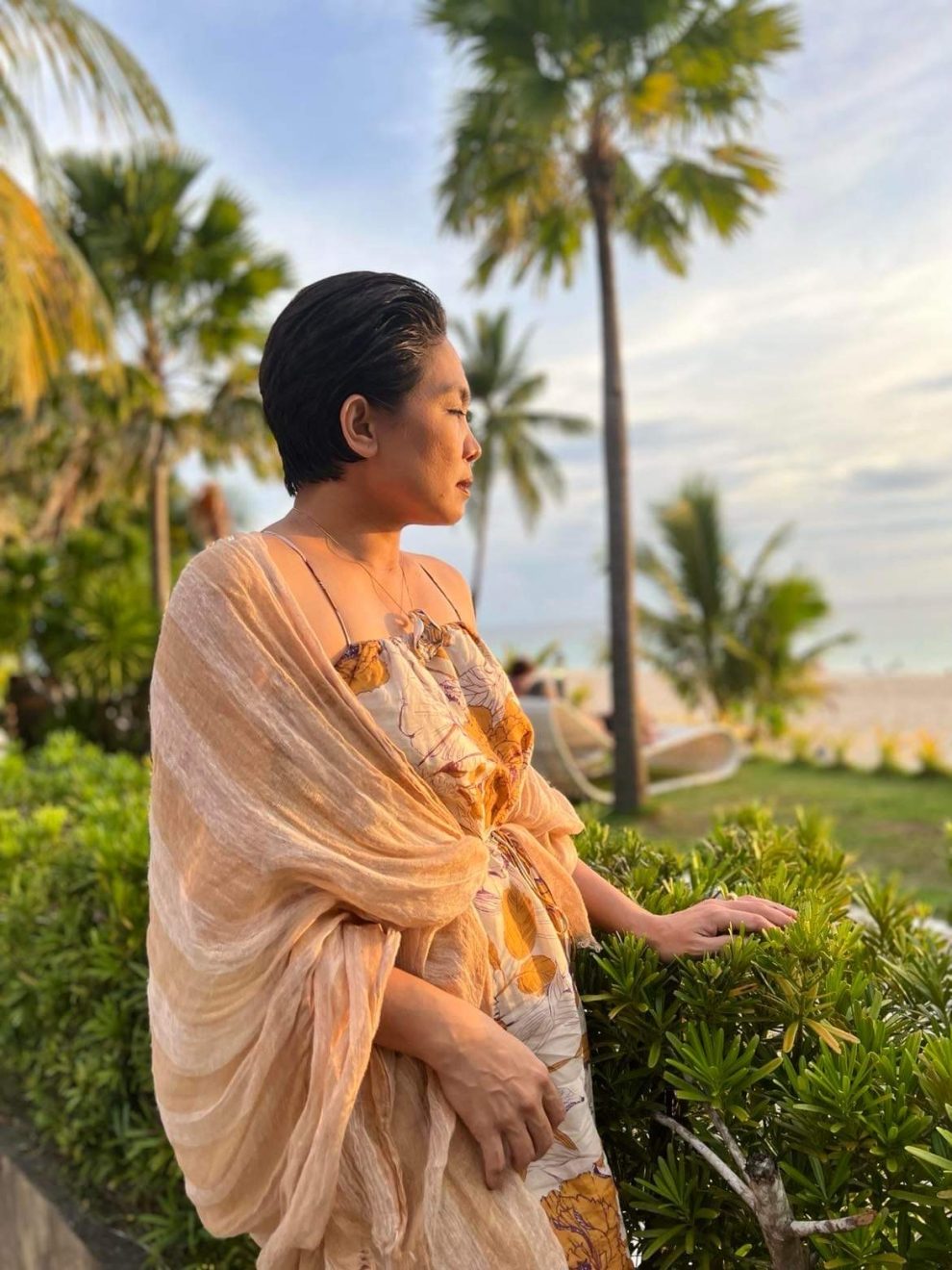IRENE SINO-CRUZ
Her love of country and for the cacao industry continues to embolden Chocolate Queen Raquel Toquero-Choa in exerting efforts to fulfill her vision of placing the Philippines on the global map as a major cacao and chocolate producer.
Ms. Choa strongly believes that the potential of the country’s cacao sector remains largely untapped.
“We made an impact on the cacao industry. We were able to revive the tablea and the cacao industry,” she said, adding that drinking sikwate, a drink made from tablea or processed cacao beans, is a tradition and part of the Philippine culture that needs to reinforced.
The cacao beans go through several stages of fermentation. These are roasted, grounded and then molded into the round-shaped tablea, which is made into sikwate or chocolate drink. Drinking sikwate has been a tradition observed by Cebuanos, handed down from generation to generation.
But she wanted to do more than promote tablea and sikwate. She wanted to show the world that cacao beans can be developed into unique array of cuisine all based on, influenced by and using of tablea or processed cacao beans, which was then perceived as ‘dirty chocolate.’
Choa who was raised by her grandparents learned how to transform the cacao beans into tablea from her grandmother. Her grandmother also narrated to her the legend of Maria Cacao who lived in a balete tree. The legend has several versions, depending on the locality in Cebu.
Her grandmother became her inspiration in her journey towards the fulfillment of her vision.

To achieve her vision, she made improvements on the different stages of the cacao industry. She taught farmers to use top-notch cacao seedlings and the proper way to processing the cacao beans so these could meet the quality standard she was aiming for.
Thus, she began her Chocolate journey by opening the Casa de Cacao and offering the chocolate buffet, an array of dishes made of or flavored with the processed cacao beans. The Chocolate Queen also opened The Chocolate Chamber and the Ralf Gourmet Chocolate Boutique.
Ms. Choa quickly gained recognition as she introduced tablea and cacao to her guests in a unique way by showing the traditional way of making tablea. She capped this experience by having them drink sikwate and have a taste of a cuisine made from the tablea.

Her interviews with popular and respected TV hosts Ces Drilon and Karen Davila and various publications opened the eyes of cacao industry stakeholders. They realized that the Philippines is not only an exporter of ground cacao beans or cocoa powder but could also become a major producer of globally-recognized chocolate products.
When she began her advocacy of creating awareness over the potential of cacao, the cacao farming in the Philippines has been on a decline.
Data from the Bureau of Agriculture Statistics showed a reduction of areas planted to cacao dropped from 12,077 hectares in 2000, to 9,337 hectares in 2012. This resulted in the decline in the number of cacao trees, the production output of farms and the demand for cacao beans
In 2020, the global demand for cacao was estimated between 4.7 million to five million metric tons.
The Department of Agriculture (DA) revealed that the country’s local cacao production is between 10,000 and 15,000 metric tons, not enough for the local requirement of 50,000 metric tons annually.
Ms. Choa then realized the need to encourage more people to go into cacao farming to sustain the growth and to take advantage of the growing demand for cacao.
She acknowledged that both the DA and the Department of Trade and Industry (DTI) have undertaken efforts to further develop the cacao industry. “But there is a need to do more, especially on the part of the DA to increase cacao production.”
Ms. Choa had already helped farmers, who were former rebels, in the mountains of Cebu to go into cacao farming but she wanted to encourage more farmers. Many have indicated interest to go into cacao farming but they don’t own land. On the other hand, there are large tracts of land that have remained untilled.
“I have to encourage cacao farming because I cannot continue my vision without bringing back the cacao industry in the Philippines,” Ms. Choa stressed.

She then formed the Cacao de Filipinas Fellowship, a non-profit organization whose mission is to sustain the cacao value chain in Cebu. The goal is to bridge the gap between the farmers and the landowners. The organization was able to link the would-be cacao farmers to property owners, succeeding in having 200 hectares of uncultivated land in Cebu be utilized for cacao farming.
Soon, another 200 hectares of farm land located in the Toledo City, western coast of Cebu province, will be planted with cacao.
The Chocolate Queen remains committed to her goal as she continues to come up with innovations and new products. But she stressed the need for all industry stakeholders to work for a common goal of promoting the Philippines as a chocolate maker. “We need to united. We need to own it as one,” she added.
While she gained prominence for her contribution to the cacao industry, she remains humble despite her achievements in promoting the Philippine cacao in the global stage. “I’d rather be called a tablea maker.” This statement comes from the creator of the cacao ball, the spicy chocolate and many other delectable chocolate-based or influenced products.












